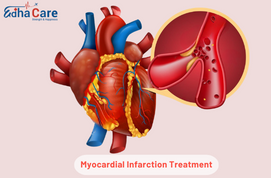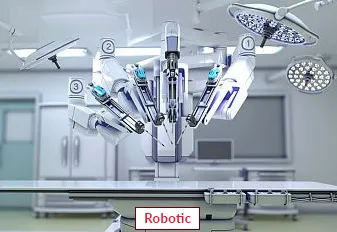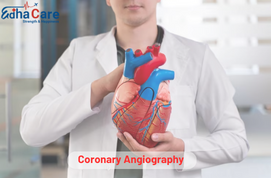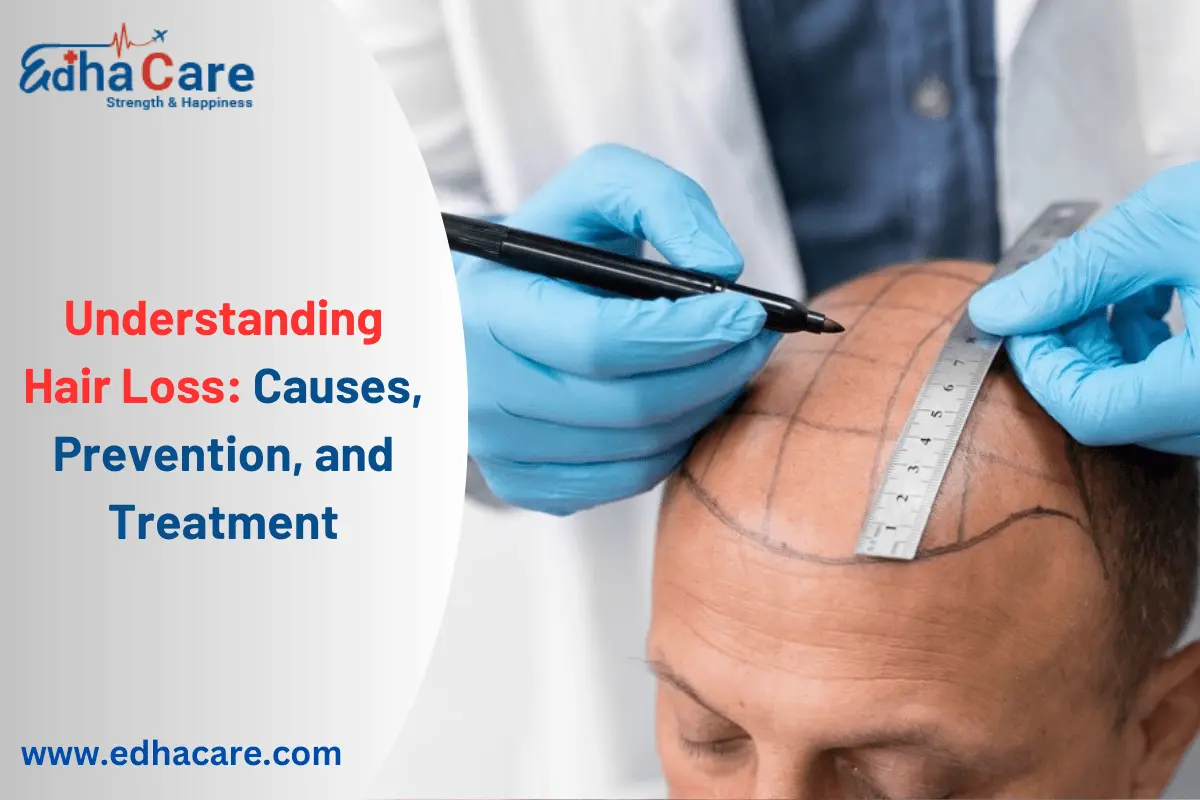Myocardial Infarction Treatment

Myocardial Infarction, also known as a heart attack, requires immediate medical attention. Breathlessness, nausea, and chest pain are some of the symptoms. The causes are usually a blood clot or plaque accumulation that blocks the coronary arteries. The goal of treatment is to get blood flowing again to the muscle of the heart, and clot-busting medicines like aspirin are common treatments used to do this. In order to restore blood flow, additional treatments like coronary artery bypass grafts or angioplasty with stent implantation can be required. Making lifestyle adjustments such as giving up smoking, eating a balanced diet, and exercising frequently are essential for heart attack healing and heart attack prevention. Improving results requires early identification and intervention.
Book an AppointmentAbout Myocardial Infarction Treatment
Symptoms: Severe pain in the chest or pressure, feeling sick, sweating, and difficulty of breath are common signs of myocardial infarction (MI), sometimes known as a heart attack.
Causes: MI is brought on by a decrease in flow of blood to the heart muscles owing to a coronary artery blockage, which usually comes on by accumulation of plaque.
Treatment: Getting medical attention right away is important. In order to restore blood flow, procedures may include aspirin and clot-busting medicines, bypass surgery for coronary artery disease or angioplasty with stent placement, as well as changes in lifestyle like stopping smoking, consuming a heart-healthy diet, and getting regular physical activity.
Procedure of Myocardial Infarction Treatment
Emergency Assessment: Evaluate the patient's status, vital signs, and symptoms as soon as possible in an emergency.
Medical Management: To relieve symptoms and stop more clot formation, give oxygen, aspirin, and nitroglycerin.
Thrombolytic Therapy: If necessary, break up the blockage in the coronary arteries by using clot-busting medications.
Coronary Angiography: Test for blockages in the arteries by performing a diagnostic coronary angiography.
Percutaneous Coronary Intervention (PCI): Use PCI to unblock clogged arteries and restore blood flow. Examples of PCI procedures include angioplasty and stent implantation.
Coronary Artery Bypass Grafting (CABG): To reroute blood flow around blocked arteries, undergo CABG operation in extreme situations or when PCI is not practical.
Post-Procedure Care: To maximize recovery and avert further cardiac episodes, closely monitor the patient in the intensive care unit, administer medicines, and start cardiac rehabilitation.
Require Assistance?
Get A Quick Callback From Our Healthcare Experts
Other Specilities We Cover

Robotic Heart Bypass Surgery

Heart Bypass Surgery




